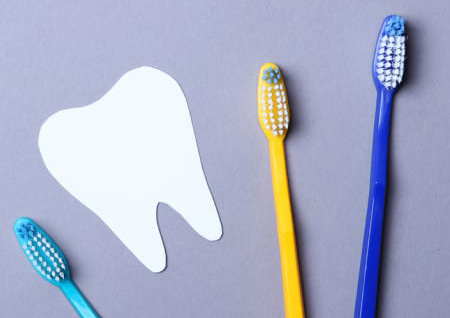The British Columbia Healthy Kids Program provides coverage for a range of healthcare services, including basic dental care, to BC children in low-income families who are not recipients of income assistance, disability assistance or hardship assistance.
Children in the program are eligible for up to $2,000 of basic dental services every two years. These basic services include exams, X-rays, fillings, cleanings, and extractions. Emergency services for immediate pain relief are unlimited under this program, regardless of whether the child has already reached the $2,000 limit for basic services.
Healthy Kids Program Eligibility
The Healthy Kids Program is open only to children in families approved for MSP (Medical Services Plan) supplementary benefits.
Eligible children will be automatically enrolled in the Healthy Kids Program, and will be covered up to and including the month they turn 19.
To be eligible for benefits under the Healthy Kids Program via MSP, the child’s family must have an annual adjusted net income of $42,000 or less. To access MSP supplementary benefits, the family must:
- Apply for MSP Supplementary Benefits with Health Insurance BC (HIBC)
- File taxes each year with the Canada Revenue Agency (CRA)
- Update the MSP account if there are any changes in the family (e.g., removing a child once they are no longer of eligible age)
HIBC will perform an income verification check each year with the CRA to determine ongoing eligibility for MSP supplementary benefits and the Healthy Kids Program.
Key British Columbia Healthy Kids Program Dental Coverage Details
Coverage begins at the start of the next month following approval. For information on how to apply for MSP supplementary benefits, contact Health Insurance BC.
When seeking treatment, parents should present their child’s BC CareCard or BC Services Card and advise the dental clinic that they are Healthy Kids Program participants. The clinic will contact the ministry’s contracted insurance provider, Pacific Blue Cross, for confirmation and to obtain all necessary information before providing treatment.
The Healthy Kids Program may be combined with coverage provided through the Canadian Dental Care Plan (CDCP). When coordinating benefits, CDCP is the primary payer, and the Healthy Kids Program is the secondary payer.
FAQs
Is care under the Healthy Kids Program available at all dentist offices?
Not all offices accept patients with coverage under the Healthy Kids Program. To use the program, first ask the dental office if they accept it and then show your child's BC Care Card. You can search for a dentist through the British Columbia Dental Association.
Are there any specific dental treatments or procedures that are not covered by the Healthy Kids Program, even if they are considered basic dental services?
Even though orthodontic services are often considered part of standard dental care, they are not covered under the Healthy Kids Program.
Whose responsibility is it to confirm coverage eligibility for the Healthy Kids Program?
For the BC Healthy Kids Program, the dentist is responsible for knowing coverage eligibility, looking up plan limits, and making sure there are funds available to pay for scheduled services. This should always be done just before treatment, as eligibility may change on a monthly basis.
References
- Government of BC, Healthy Kids Program Overview
- Government of BC, Healthy Kids Program Brochure
- Government of Canada, Coordination of Benefits
- Fraser Health, Affordable Dentistry Options for Children
- College of Dental Surgeons of British Columbia, Confirming Eligibility for the Healthy Kids Program
*The content provided in this article, including text, graphics, and referenced material, is intended for informational purposes only and is not a substitute for professional dental advice, diagnosis, or treatment. Always consult with your dentist or another qualified oral health professional for questions regarding your dental condition. Never disregard professional dental advice or delay seeking it based on information from this article. If you believe you have a dental emergency, contact your dentist, or seek immediate assistance from an oral healthcare professional.





